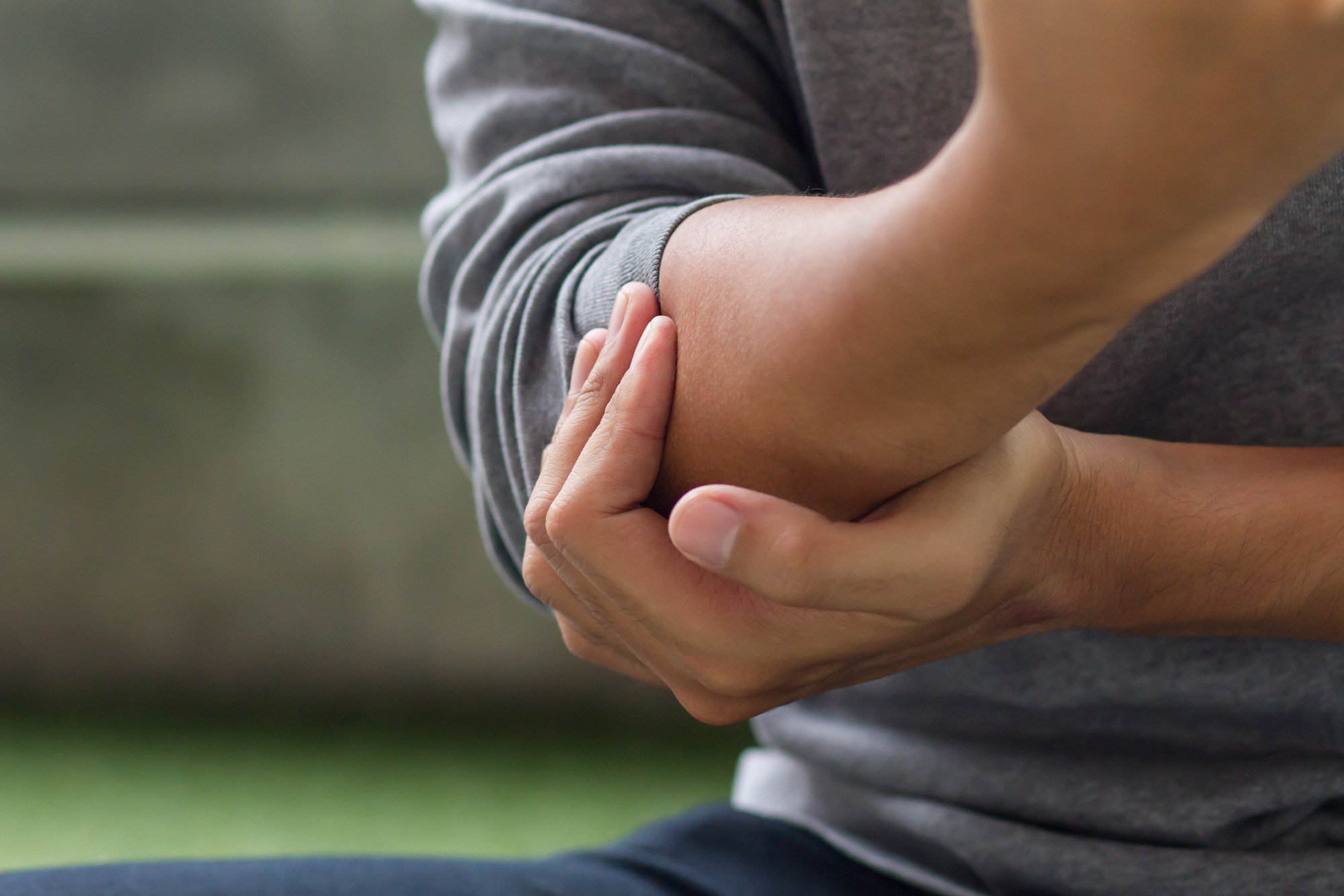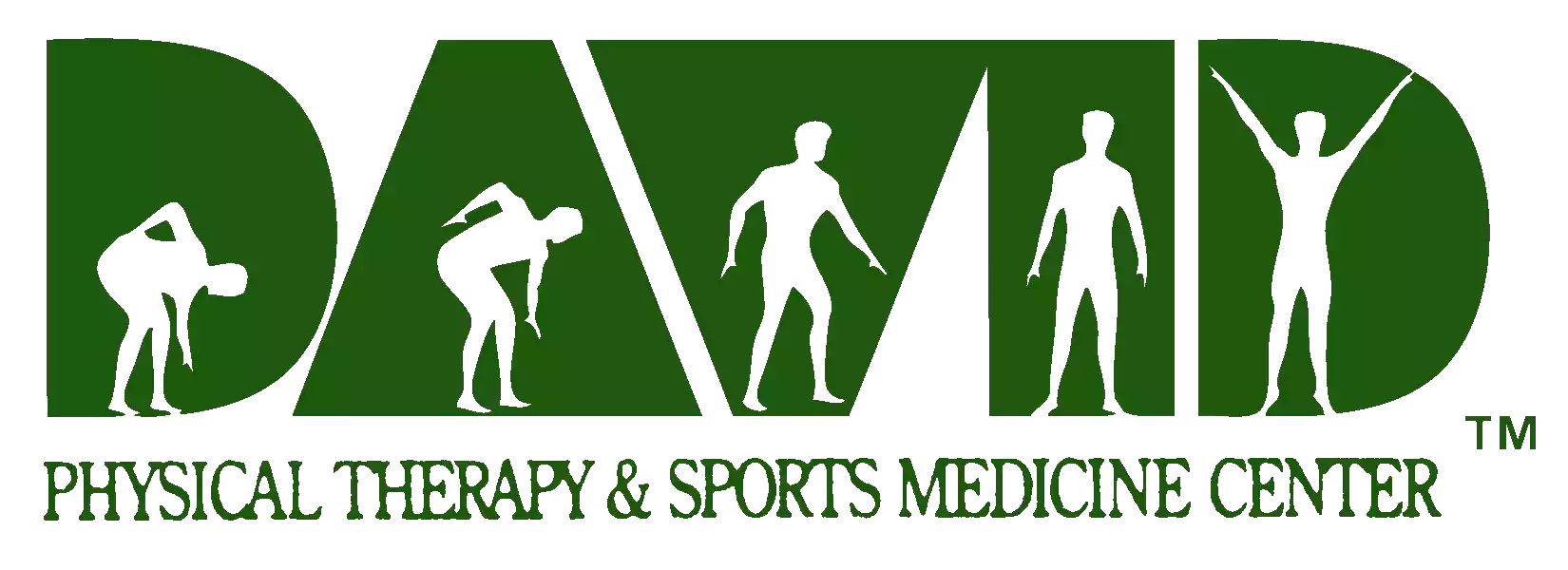 Commonly called “tennis elbow,” lateral epicondylitis is a painful condition that affects the tendons in the forearm. Despite its nickname, it affects more than just tennis players. In fact, other athletes, like those who play baseball, are also at risk of developing the condition, as are people who prefer to spend their free time painting!
Commonly called “tennis elbow,” lateral epicondylitis is a painful condition that affects the tendons in the forearm. Despite its nickname, it affects more than just tennis players. In fact, other athletes, like those who play baseball, are also at risk of developing the condition, as are people who prefer to spend their free time painting!
In other words, if you’re suffering from pain in your elbow but you never play tennis, you may still be suffering from tennis elbow. Here’s what you need to know about the condition, including its symptoms and treatment options:
What Are The Symptoms of Tennis Elbow?
Symptoms of tennis elbow tend to come on slowly and worsen over a period of weeks or months. These include:
- Pain in your outer elbow, which also may feel like burning, may travel down to the wrist, and may also get worse at night.
- Pain when twisting, extending, or bending your arm, like when picking something up or turning a doorknob.
- Inflammation of the elbow joint that is tender to the touch.
- Weakened grip when attempting to hold something, whether that be a racket, pain brush, coffee cup, or someone’s hand.
If you’re experiencing any of these symptoms, it’s time to consult a medical professional.
What Causes Tennis Elbow?
You may be wondering how you developed tennis elbow, especially if you’re not a tennis player. As it turns out, there are a number of activities that can lead to the condition, which is caused by overuse of the forearm muscles. This overuse in turn can cause torn or swollen tendons, or the tissue that attaches muscle to bone.
While playing tennis or another racket sport is a common cause of tennis elbow, it’s not the only one. Golf and baseball can also cause the condition, but so can other non-sport activities, as well. For instance, hobbies that require repetitive arm movements like gardening, painting, knitting, or crocheting can cause a person to overuse their muscles and cause tennis elbow. In addition, people who work as plumbers, carpenters, or baristas may also be at risk.
How Can I Prevent Tennis Elbow?
If you’re a person who plays a sport, has a job, or has a hobby that puts you at a higher risk for developing tennis elbow, there are steps you can take to avoid overusing your muscles and injuring your tendons in this way. For instance:
- Do forearm exercises. By strengthening the muscles that attach to your elbow, you better protect your tendons, ultimately reducing your risk of developing tennis elbow.
- Always warm-up. Similarly, before doing your sport, job, or hobby, warm up and stretch beforehand to loosen your muscles. Giving yourself this extra flexibility will not only improve your range of motion but allow your muscles to deal with the added stress of the activity, as well.
- Give yourself a break. For example, if you’re a knitter, make sure to take a day off every once in a while to let your muscles and tendons rest.
- Use proper form. Whether you’re holding a tennis racket, a screwdriver, or a paintbrush, holding and moving it correctly is of the utmost importance when it comes to avoiding injury.
- Check out (and refresh) your equipment. Your equipment, whatever it may be, needs to be in good condition and of good quality. Know when it’s time to replace it, and when possible, opt for ergonomic options.
- Never push through the pain. Pain is your body’s way of telling you to stop, and when it gives you the signal, you need to listen!
What Should I Do If I Have Tennis Elbow?
If you think you may have tennis elbow, the first step should always be to consult a medical professional. They'll be able to give you a definitive diagnosis and work with you on developing a treatment plan.
Tennis elbow treatment typically includes rest, applying ice, using over-the-counter pain relievers, and wearing an elbow brace. In the worst cases of tennis elbow, surgery may also be required. However, while at-home treatments are a great place to start, if you’re still experiencing pain, it’s time to consider physical therapy.
Physical therapy can go a long way in treating your elbow pain, and moreover, it can also help prevent it from coming back in the future. By working with the physical therapists at David Physical Therapy, you’ll learn exercises that will help you strengthen and stretch the muscles in your forearm, and if needed, your physical therapist can also help you with bettering your form.
Whether you’re a tennis player, an avid gardener, or a professional plumber, if you think you have tennis elbow, it’s important to seek professional help in order to get on the road to recovery. And, with help from the physical therapists at David Physical Therapy, you can heal your injury and prevent it from happening again!
It’s time to find relief and get back to living your life pain-free! If you think you may have tennis elbow, or you’re dealing with any other type of pain, schedule an appointment online with the experts at David Physical Therapy today.

